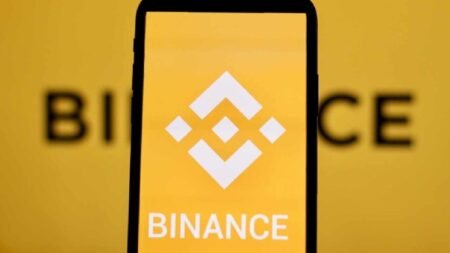More than $225 million has been deposited since Monday, despite withdrawals being closed until March.
Users can receive “Blast points” for staking assets and referring new users, a reward program some observers say is reminiscent of a pyramid scheme.
Blast is now the seventh-largest holder of staked ether.
Blast, a layer-2 blockchain scheduled to go live in March, has garnered more than $225 million in staked ether stETH and stablecoins since Monday despite facing skepticism from many crypto investors.
Described as the first layer-2 network that incorporates native staking, Blast plans to eventually generate yield through ether (ETH) staking and real-world assets (RWAs). Layer 2s are networks built on top of layer-1 blockchains, such as Ethereum, with the aim of making transactions faster and cheaper.
The protocol is headed by the pseudonymous @PacmanBlur, one of the co-founders of the popular NFT marketplace Blur. Part of the network’s allure can be attributed to its backers – such as prominent crypto fund Paradigm and “eGirl Capital,” a group of crypto-native investors, among others.
The caveat is that staked assets can’t be withdrawn until the Blast bridge goes live in February. In the meantime, users receive “Blast points,” which can be used to redeem an airdrop scheduled for May. Users can receive additional Blast points by introducing other users through unique referral links. As such, Blast is invite-only as of Thursday, requiring a code from an existing user to gain access.
Thus far, the majority of the $225 million Blast received has been staked on liquid-staking protocol Lido, making Blast the seventh-largest holder of staked ether, according to Etherscan.
But the very nature of restaking on Lido in return for handing out little-known Blast points has attracted criticism from the crypto community.
“Blast is actually insane,” one crypto trader wrote on X. “Use points to attract TVL to a chain that doesn’t exist, convert the deposited ETH into stETH on a 5-person multisig of anon devs,” referring to total value locked, or the overall value of assets deposited in the protocol.
Some observers have likened Blast points to a pyramid scheme, with early users standing to gain more points on the number of users they bring in. Technical documents show users get an additional 16% points when their invited users bring in more participants, and another 8% if the second level brings in more people.
There is also discussion over whether the crowded decentralized finance (DeFi) space needs more layer-2 networks. There are currently 232 blockchains in all, according to DeFiLlama, many of which share functions and users. Of those, Ethereum is the largest, commanding 55% of the total value locked, followed by Tron with 17% and BSC with 6%.
Crypto exchanges Coinbase (COIN) and Kraken have recently emerged with their own layer-2 networks in recent months, although it’s worth noting that Blast’s $225 million total value locked is rapidly approaching that of Coinbase’s Base, which has $284 million.
The Blast blockchain not being live for another four months has failed the reduce the appetite of investors, who continue to pour capital into the platform despite the ambiguity of Blast points. Mechanism Capital co-founder Andrew Kang said that Blast has been his “first new L2 investment since Arbitrum.”
Meanwhile, prices of the closely related Blur (BLUR) token has jumped 18% in the past 24 hours, extending its weekly gain to nearly 40% as some investors consider it a beta bet to Blast.
Blur founder @PacmanBlur said in a post earlier this week that Blast was an extension of the Blur ecosystem, letting Blur users earn yields on idle assets while improving the technical aspects required to offer sophisticated NFT products to users.
Read the full article here










